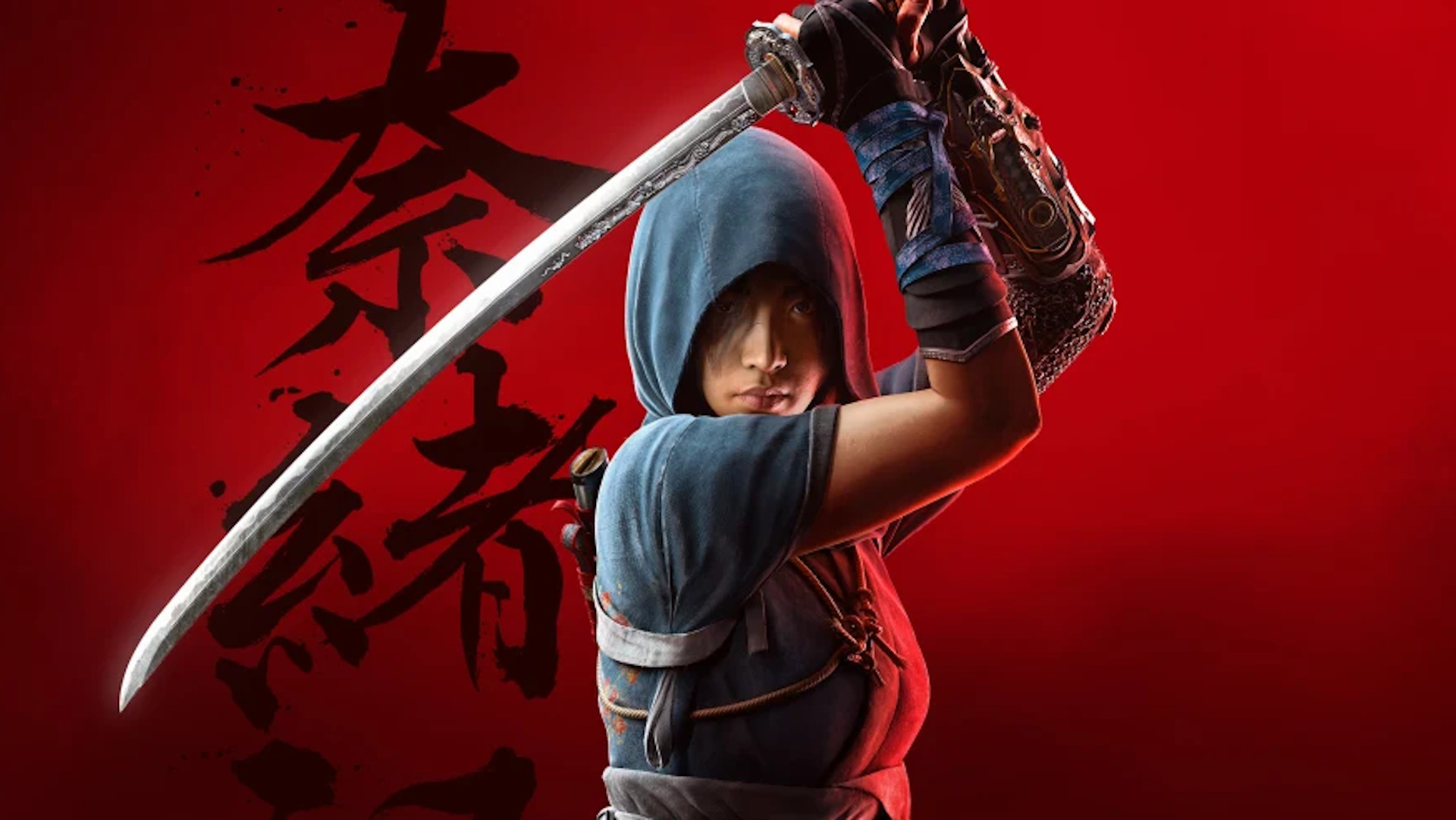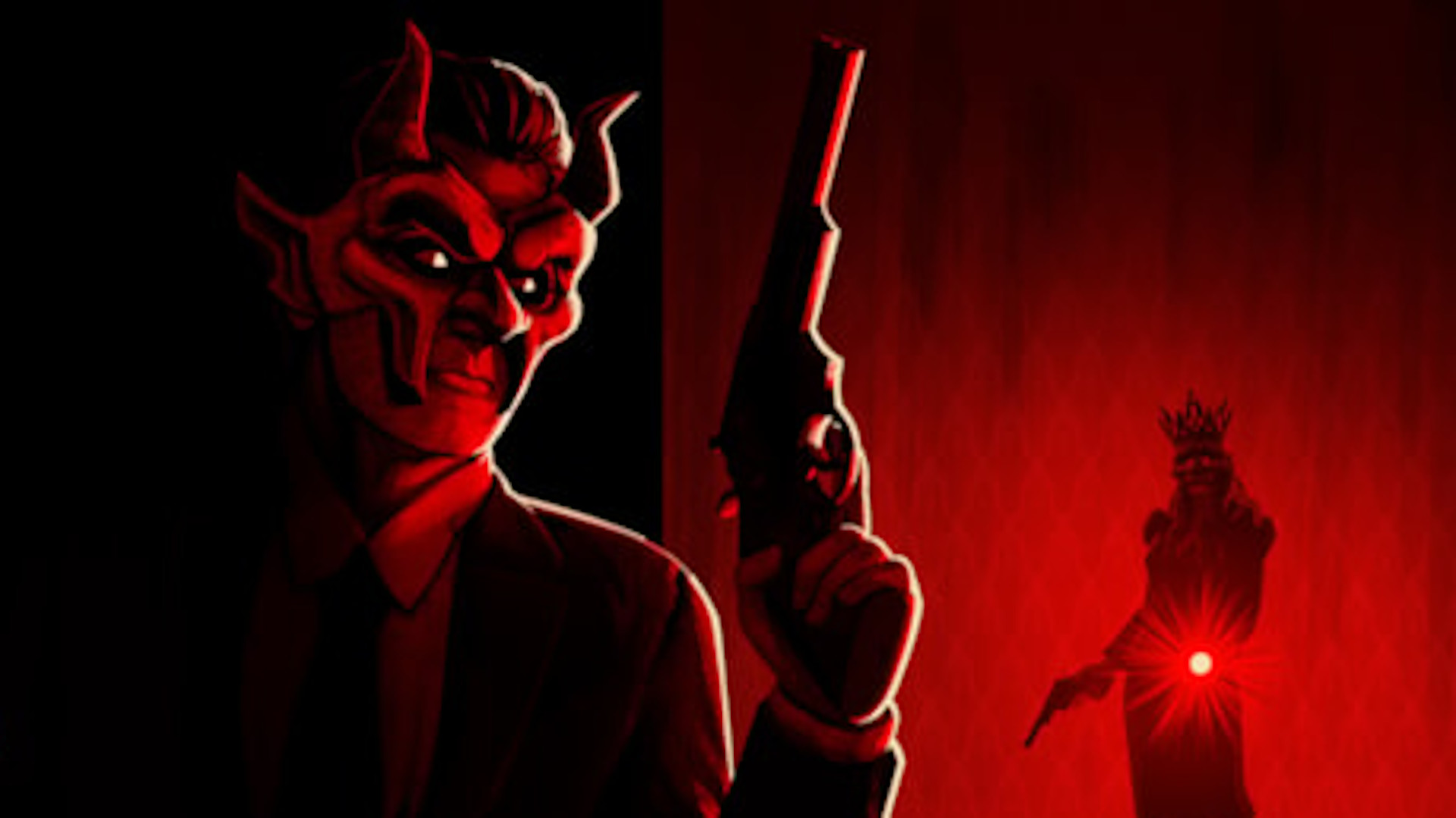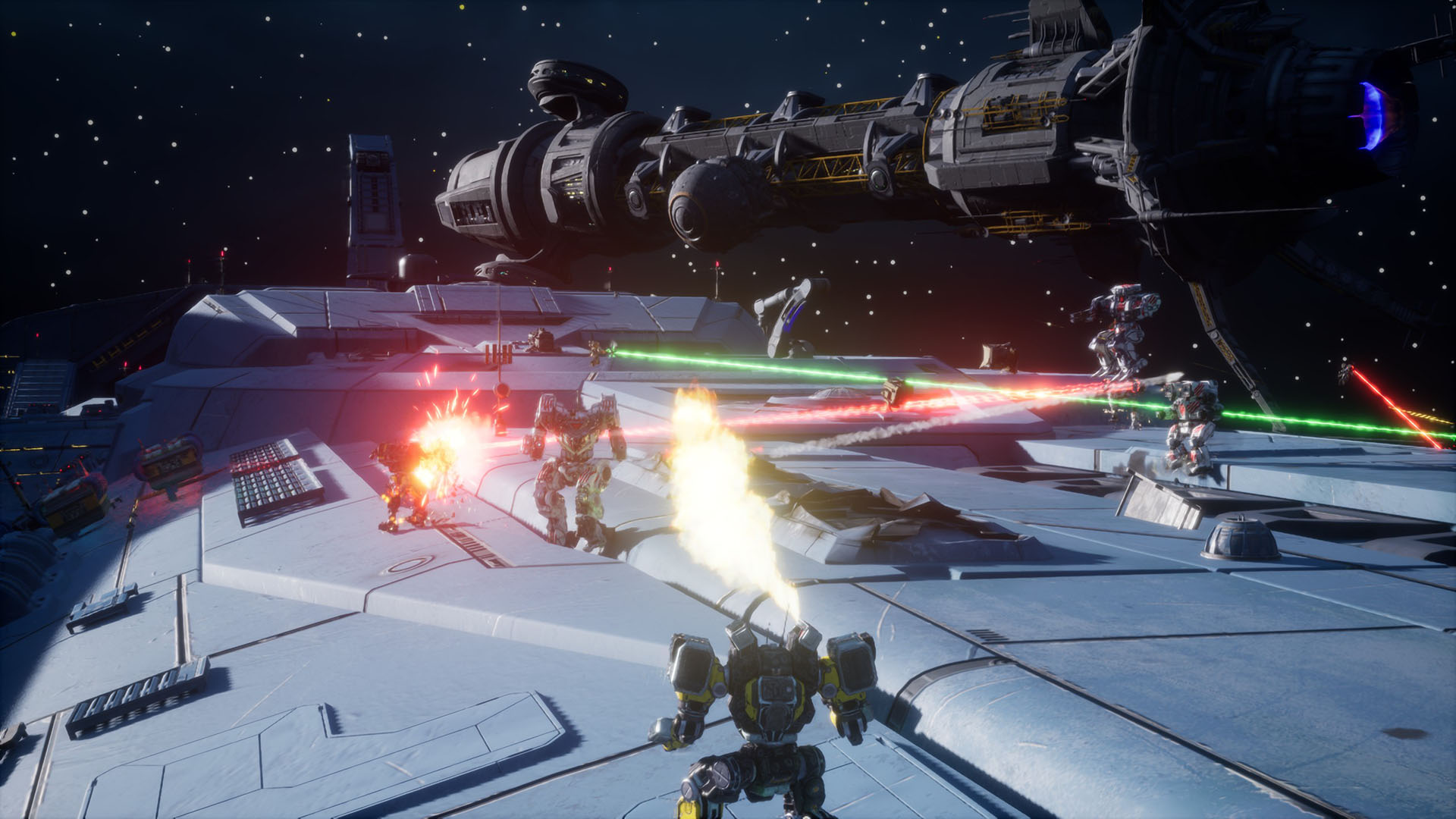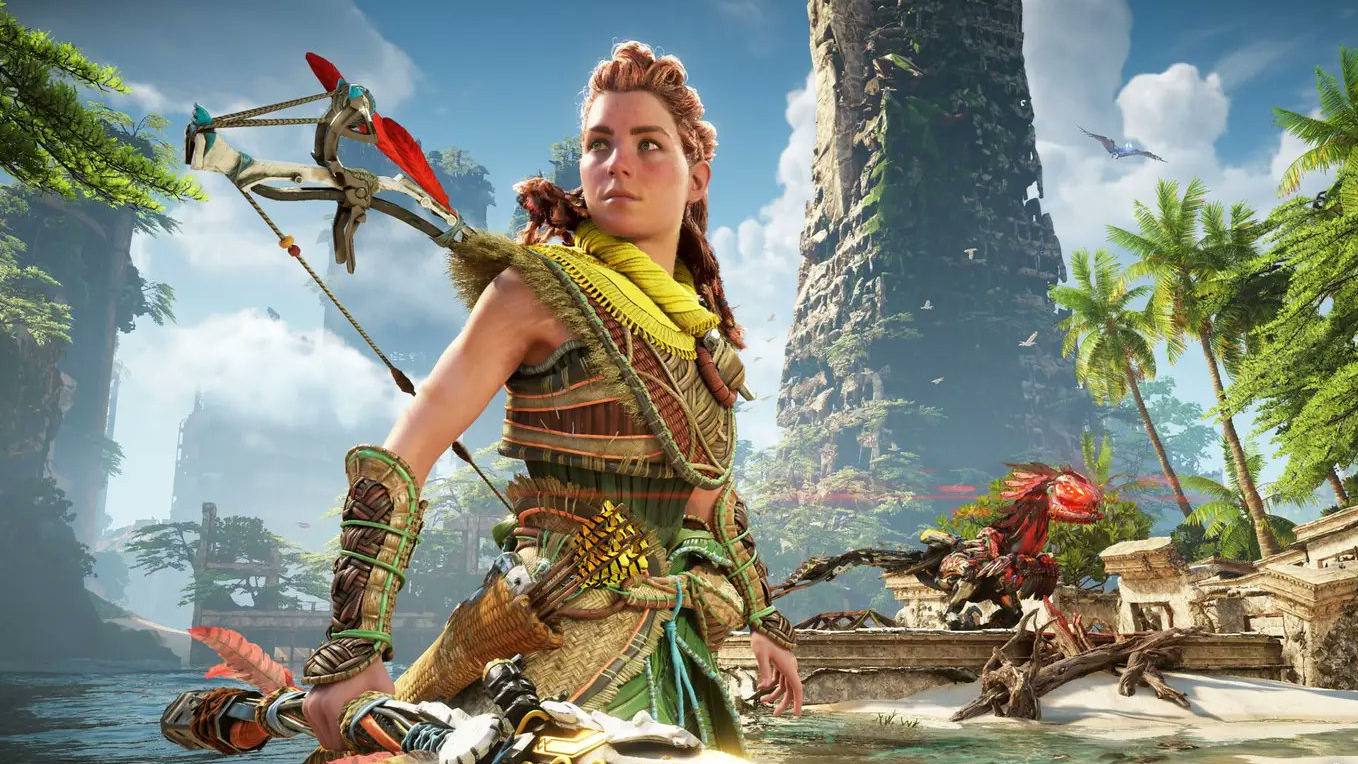My Sorceress has one of the rarest items in Diablo 4. Ahavarion, Spear of Lycander is an “Uber” Unique that drops off one of the hardest endgame boss fights. It does absurdly high damage and periodically transforms my character into a god.
The spear isn’t technically good for my build, which funnels all my power into balls of lightning that orbit my character. But when the spear’s unique effect triggers and I become a pulsing ball of destructive energy, I don’t need a build. Enemies explode no matter what gear I have on. It feels like breaking the game—and in some ways it is—but it isn’t out of place in Diablo 4, an action RPG that spent the last six months learning how to celebrate what it’s like to be overpowered.
Season 0
(Image credit: Blizzard)
The good:
Tightly designed skill tree Beautiful visual effects for each class
The bad:
Horrid grindNothing to do in the endgameCertain damage stats too powerful
It took a few hours of playing Diablo 4 after it launched in July for me to realize that the loot-filled action RPG we had all enjoyed during its beta weekends was gone. Legendary items were surprisingly rare, leveling up took forever, and enemies scaled so tightly to your level that you never felt considerably stronger than them. Everything was a slog, especially the campaign, which spent six acts building to a silly conclusion to set up the first expansion. Diablo 4 was so incredibly stingy and muted, it was like the entire game had been designed to keep you logged in to hit a number on an internal Blizzard player retention sheet.
We finally had the sequel to Diablo 3 after 11 years, and yet the creative core of the series was locked behind a grind. The most rewarding dungeons, and therefore the best items, were only accessible once you survived the trek from level 1 to 50. It was so laborious that players hunted for dungeons with the highest enemy density to squeeze as much XP out of them as possible, and every single time Blizzard quickly nerfed them. “Devs, we run dungeons to level because the XP everywhere else sucks!” read one popular Reddit thread.
Players of all levels and classes eventually started burning out on the grind. It felt like playing an MMO where you have hundreds of hours in front of you before you reach something good. The journey to level 100 was a bore and there wasn’t much to do once you were there, either. Nightmare Dungeons offered slightly better loot and Helltides, while exceptionally cool in concept, weren’t monster- or loot-rich enough to prioritize.
(Image credit: Blizzard)
Diablo 4’s difficulty kept every build anchored to the most powerful damage stat in the game: Vulnerable. Enemies afflicted with it would take increased damage and for most classes it was easy to center a build around. It hurt some classes more than others, like necromancers who wanted an army of minions or sorcerers who wanted to do anything but use ice spells. Vulnerable’s grip on the game was in part because the stat was so prominent and powerful, but also because every player was searching for anything to make the game less of a drag.
After a few light balance changes to the early game experience, Blizzard dropped patch 1.1.1 ahead of the first season. The patch had good intentions, but made a crucial mistake. Blizzard effectively took a barbarian-sized hammer to player power, survivability, and the XP bonus for killing high-level monsters. Everyone after the patch was weaker than they were before and Blizzard provided almost no buffs to compensate for it. While it may have been necessary to hit the reset button on the game, nobody wanted to hear that everything they liked would take longer. One of the most popular threads on the subreddit has 24,000 comments of people more or less agreeing that patch 1.1.1 made the game even slower than it was before.
The timing couldn’t have been worse, as Diablo 4’s first season was set to launch two days later.
Season 1
(Image credit: Activision Blizzard)
The good:
Powerful and fun seasonal mechanicGood quality of life changesBetter communication from Blizzard
The bad:
Lackluster seasonal quest and themeStill too grindyStill little to do in the endgameCertain classes fell behind in relative power
Blizzard held a stream soon after the launch of season 1 where its lead developers sat with their heads down, the live embodiment of a YouTube apology video thumbnail. “We don’t plan on doing a patch like this ever again,” community lead Adam Fletcher said, prefacing an hour-long discussion on the balance philosophy of Diablo 4 and how it would change going into season 1. Blizzard pledged to refrain from nerfing powerful builds unless they were legitimate exploits, and said if nerfs were to happen, it would provide exciting alternatives.
Despite only announcing a few immediate changes to help weaker classes like Barbarians and Sorcerers, Blizzard stuck to its word. This was the start of Diablo 4’s redemption arc.
The Season of the Malignant injected power back into the game. As you climbed toward level 100, you’d pick up Malignant Heart gems to socket into your gear that could fundamentally change how you play your class. Necromancers had a heart that would automatically cast skills like Corpse Explosion, letting you churn through enemies like a street sweeper. Sorcerers could slot in a heart that gave them a huge increase to their damage by mixing spells of different elements. And the Barber heart gave Barbarians the power to smash monsters for one billion damage. Endgame XP and materials still required a grind, but good gear and smart build choices finally had a noticeable impact on the process.
Season 1 continued on and Blizzard kept a light touch with patches, increasing the volume of enemies in Nightmare Dungeons and Helltides, and fixing the most outrageous builds. Barbarians were still able to one-shot bosses and rogues were still the most nimble class around. Malignant Hearts were a satisfying twist to the game and they kept everyone busy while Blizzard prepared a patch that would essentially shape its future.
Season 2
(Image credit: Blizzard)
The good:
Powerful and customizable seasonal mechanicMassive quality of life changesHuge build varietyWay less grindy
The bad:
Lackluster seasonal quest and themeEndgame lacks rewarding challengesToo many useless item stats
Around two weeks before season 2’s October launch, Blizzard laid out its plan to reshape Diablo 4. Through a whopping 40% increase to XP gains and streamlined dungeons, Blizzard effectively chopped the time it took to reach the endgame in half. Loot drops were bountiful and rare Unique items were nearly guaranteed to drop off of specific bosses. Even your horse could get around the open world faster.
The Season of Blood launched on October 17 and it’s the reason I’ve played more Diablo 4 in the last few months than I did when it launched. Every activity available to you at almost any level will net you loads of XP and resources. Blood Harvest events are active every hour in the open world and they’re stuffed with monsters that drop loads of loot and fulfill Grim Favor objectives for millions of gold. Every trip is a shopping spree and you can participate minutes after making a new character.
By accelerating Diablo 4’s progression, Blizzard has invited everyone to get their hands dirty and play with the malleability of its classes. You have the resources to find and perfect variants to popular builds that fit your playstyle. Suboptimal item drops can be worked around. My Ball Lightning sorcerer build, for example, uses the class’ enchantment slot for Teleport so I can speed through dungeons faster than anything else in the game. Necromancers who are tired of being shackled to their bodies (same) can run a build where they’re almost permanently an invulnerable cloud of blood rest mist. Every class has ways to crush the game, and it’s now so much more expressive than it was at launch.
(Image credit: Sean M. / Blizzard)
The power level has highlighted the problems with Diablo 4’s endgame, though, which have persisted since launch. Once you reach level 70 or so, finding upgrades for your specific build is a pain. You’ll drop a world boss and pick up an amulet that has two of four stats you need, but because you can only reroll one of them, it’s effectively trash. Blizzard has admitted that there are far too many stats that aren’t useful and has plans to change that in season 4.
But not everyone wants to wait that long when the Abattoir of Zir is here with 25 tiers of brutal difficulty that basically require the best of the best loot. The Abattoir was so hard at first that Blizzard softened the early levels within the week of its launch. But the loot problems remain. It’s too hard to find the right stats, and it’s too hard to find high-level items in the first place. Level 100 should be an exciting achievement, but it’s actually where the biggest improvements start to dissolve.
Season 3 and beyond
Next year, Diablo 4 will have a new class arriving with its first expansion Vessel of Hatred. Blizzard refuses to say what the class is, but leaks and datamining have given us some hints at the kinds of abilities they will use. The expansion takes place in Nahantu, a jungle region we last saw in Diablo 2, and it will continue right where the base game’s campaign left off.
Outside of some loose promises for better items, hourly Helltide, leaderboards, and a non-linear dungeon called The Gauntlet, Blizzard has been quiet about what’s coming to the game next year. Given how much work went into season 2 and the bountiful state of the game though, it’s earned enough trust back to keep what’s coming to under wraps.
In around four months, Blizzard found the Diablo 4 that everyone wanted all along. A game that encourages you to experiment and learn your class by prodding you with different activities and seasonal mechanics. Blizzard has plenty of work to do when it comes to challenging the most hardcore players, but most of the game is finally built to celebrate—instead of punish—players who aren’t staring at a build guide. Diablo 4 finally feels like a Diablo game.











